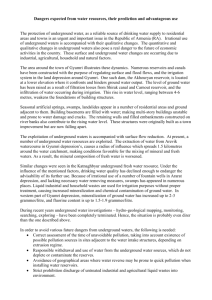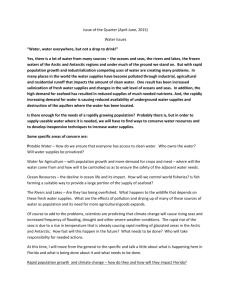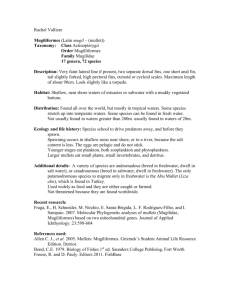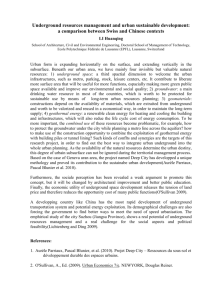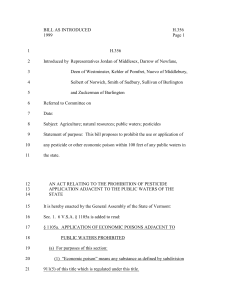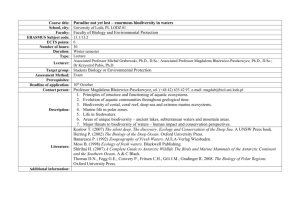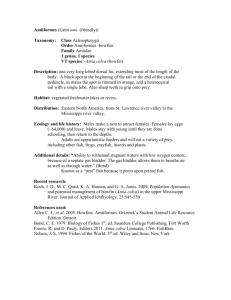Water-Authority_Interview_April-2010
advertisement
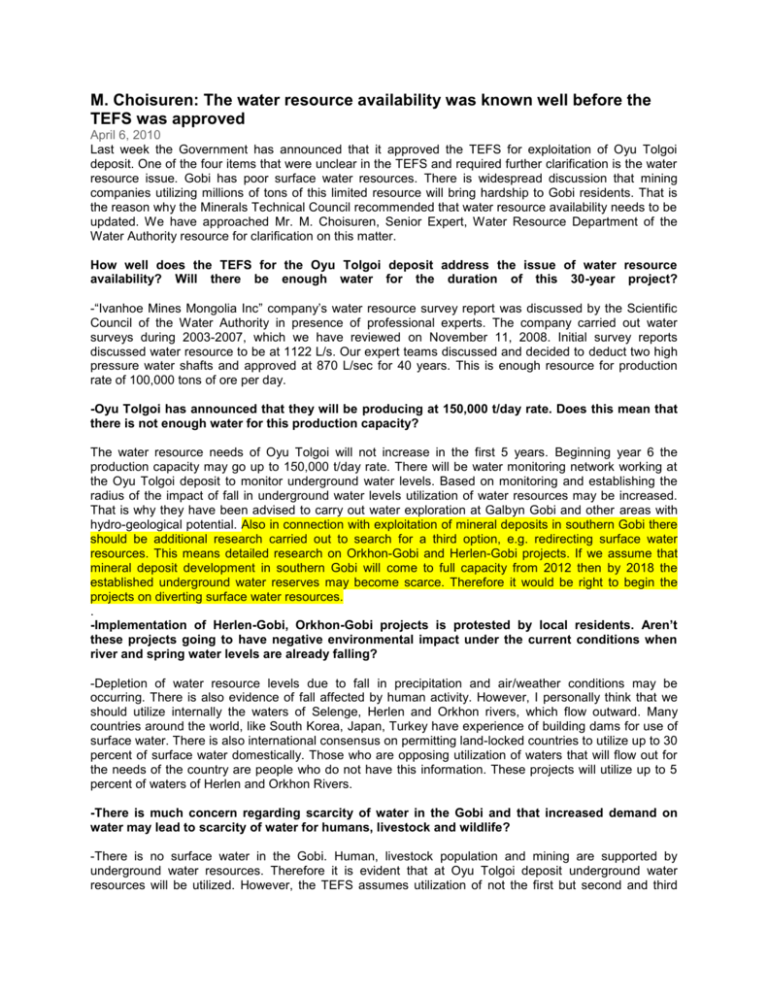
M. Choisuren: The water resource availability was known well before the TEFS was approved April 6, 2010 Last week the Government has announced that it approved the TEFS for exploitation of Oyu Tolgoi deposit. One of the four items that were unclear in the TEFS and required further clarification is the water resource issue. Gobi has poor surface water resources. There is widespread discussion that mining companies utilizing millions of tons of this limited resource will bring hardship to Gobi residents. That is the reason why the Minerals Technical Council recommended that water resource availability needs to be updated. We have approached Mr. M. Choisuren, Senior Expert, Water Resource Department of the Water Authority resource for clarification on this matter. How well does the TEFS for the Oyu Tolgoi deposit address the issue of water resource availability? Will there be enough water for the duration of this 30-year project? -“Ivanhoe Mines Mongolia Inc” company’s water resource survey report was discussed by the Scientific Council of the Water Authority in presence of professional experts. The company carried out water surveys during 2003-2007, which we have reviewed on November 11, 2008. Initial survey reports discussed water resource to be at 1122 L/s. Our expert teams discussed and decided to deduct two high pressure water shafts and approved at 870 L/sec for 40 years. This is enough resource for production rate of 100,000 tons of ore per day. -Oyu Tolgoi has announced that they will be producing at 150,000 t/day rate. Does this mean that there is not enough water for this production capacity? The water resource needs of Oyu Tolgoi will not increase in the first 5 years. Beginning year 6 the production capacity may go up to 150,000 t/day rate. There will be water monitoring network working at the Oyu Tolgoi deposit to monitor underground water levels. Based on monitoring and establishing the radius of the impact of fall in underground water levels utilization of water resources may be increased. That is why they have been advised to carry out water exploration at Galbyn Gobi and other areas with hydro-geological potential. Also in connection with exploitation of mineral deposits in southern Gobi there should be additional research carried out to search for a third option, e.g. redirecting surface water resources. This means detailed research on Orkhon-Gobi and Herlen-Gobi projects. If we assume that mineral deposit development in southern Gobi will come to full capacity from 2012 then by 2018 the established underground water reserves may become scarce. Therefore it would be right to begin the projects on diverting surface water resources. . -Implementation of Herlen-Gobi, Orkhon-Gobi projects is protested by local residents. Aren’t these projects going to have negative environmental impact under the current conditions when river and spring water levels are already falling? -Depletion of water resource levels due to fall in precipitation and air/weather conditions may be occurring. There is also evidence of fall affected by human activity. However, I personally think that we should utilize internally the waters of Selenge, Herlen and Orkhon rivers, which flow outward. Many countries around the world, like South Korea, Japan, Turkey have experience of building dams for use of surface water. There is also international consensus on permitting land-locked countries to utilize up to 30 percent of surface water domestically. Those who are opposing utilization of waters that will flow out for the needs of the country are people who do not have this information. These projects will utilize up to 5 percent of waters of Herlen and Orkhon Rivers. -There is much concern regarding scarcity of water in the Gobi and that increased demand on water may lead to scarcity of water for humans, livestock and wildlife? -There is no surface water in the Gobi. Human, livestock population and mining are supported by underground water resources. Therefore it is evident that at Oyu Tolgoi deposit underground water resources will be utilized. However, the TEFS assumes utilization of not the first but second and third level high pressure water reserves. They will utilize water that lies deep below the ground at 150-270 meters. Therefore there is condition for levels of well-water of households living in the area not to fall. -Recently scientists informed that it takes 1450 years for these deep waters to replenish. Meanwhile we are proposing to utilize these waters for industrial production? -In theory these deep underground waters are replenished by surface waters from precipitation. Therefore their replenishment can take from several decades to thousands of years. Scientists pointing this out are right. But for Oyu Tolgoi and other projects water exploration and surveys have been carried out based on use of feasible resources and thus will not have negative impact on underground water reserves. In other words, pumped at 870 L/s rate there should be no fear of problems. Calculations have been made to ensure that there is no negative impact on the environment and water resources. This means that one should not understand that the Gunii Hooloi waters are going to be pumped all out. And also underground waters in second and third layers usually are of high saline content not appropriate for human and animal consumption. Research has proven that these waters are of the same salty taste as marine water. -How does one establish if Oyu Tolgoi is pumping at the 870 L/s rate? Isn’t there a threat of running out of water before time if it is not pumped at the approved rate? -There should not be such suspicions raised at current stage of technological progress. Installing a meter will be sufficient to address this issue. Oyu Tolgoi will utilize a technology that will allow use of water less than the 870 L/sec rate. -Has there been a new water resource evaluation carried out sine the TEFS was returned? -Water resource is not something that can be changed at one person’s whim. It is changed based on exploration/research. There is no need in further research on resources already established. Water resources for Oyu Tolgoi have been established well before the TEFS was developed. D. Tsepilmaa


